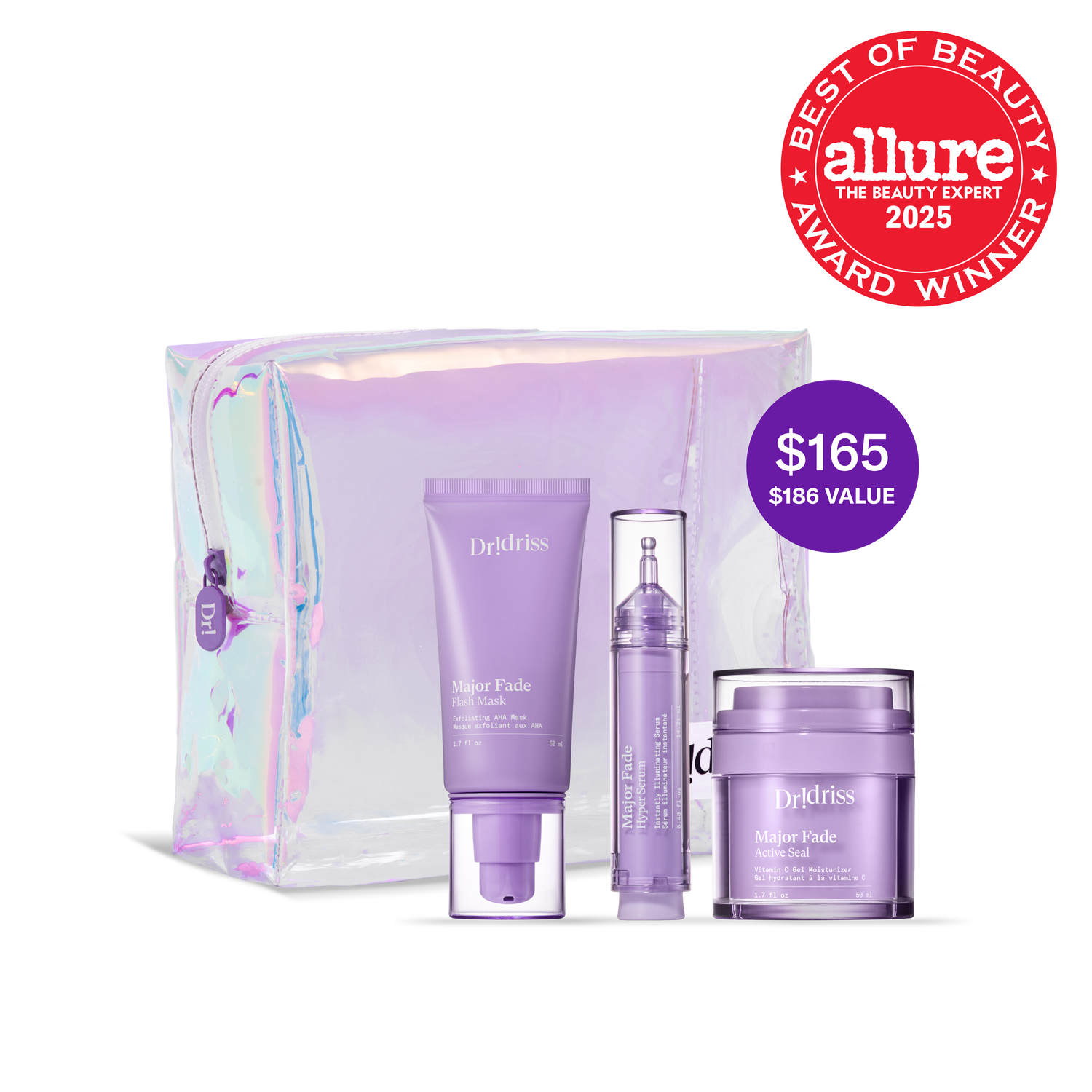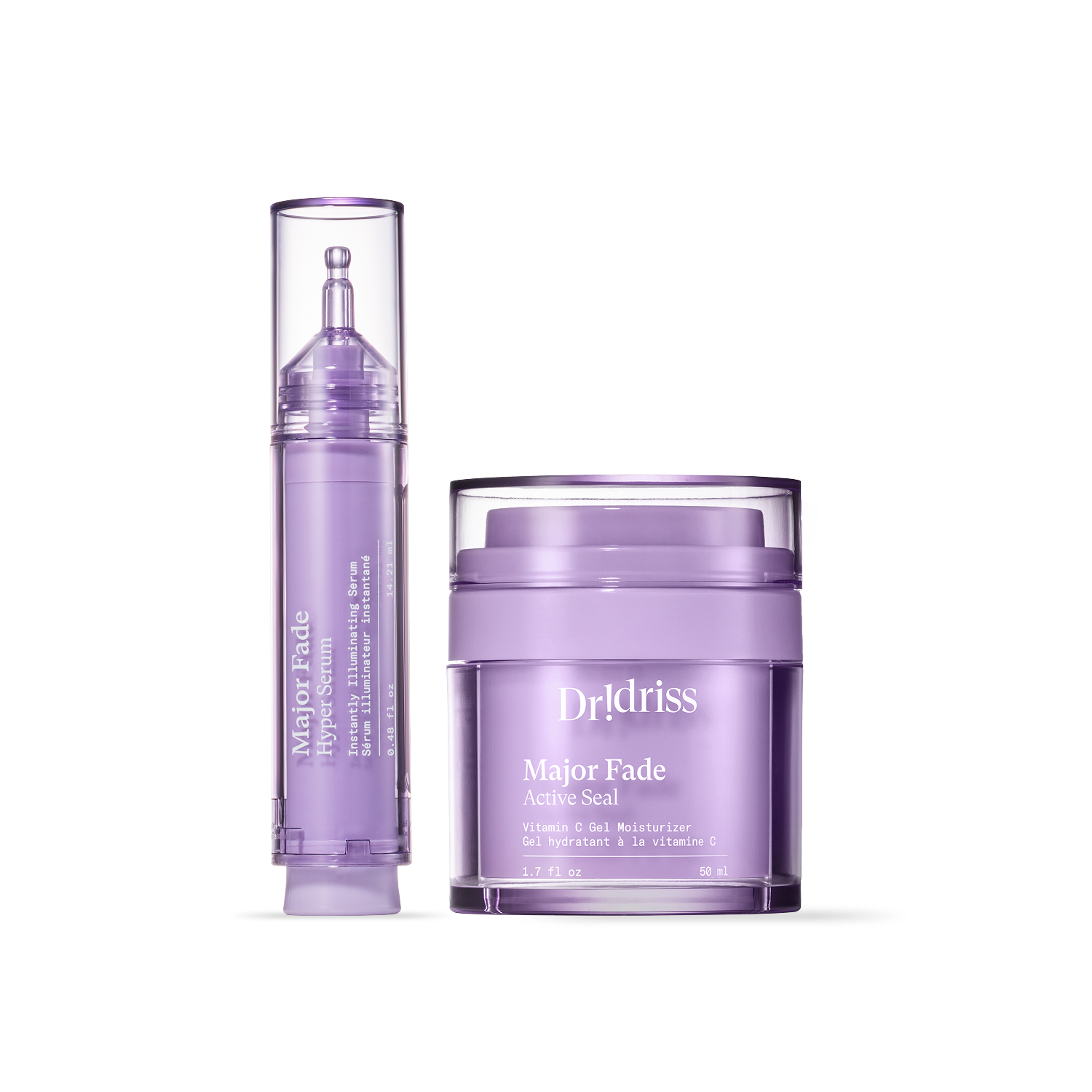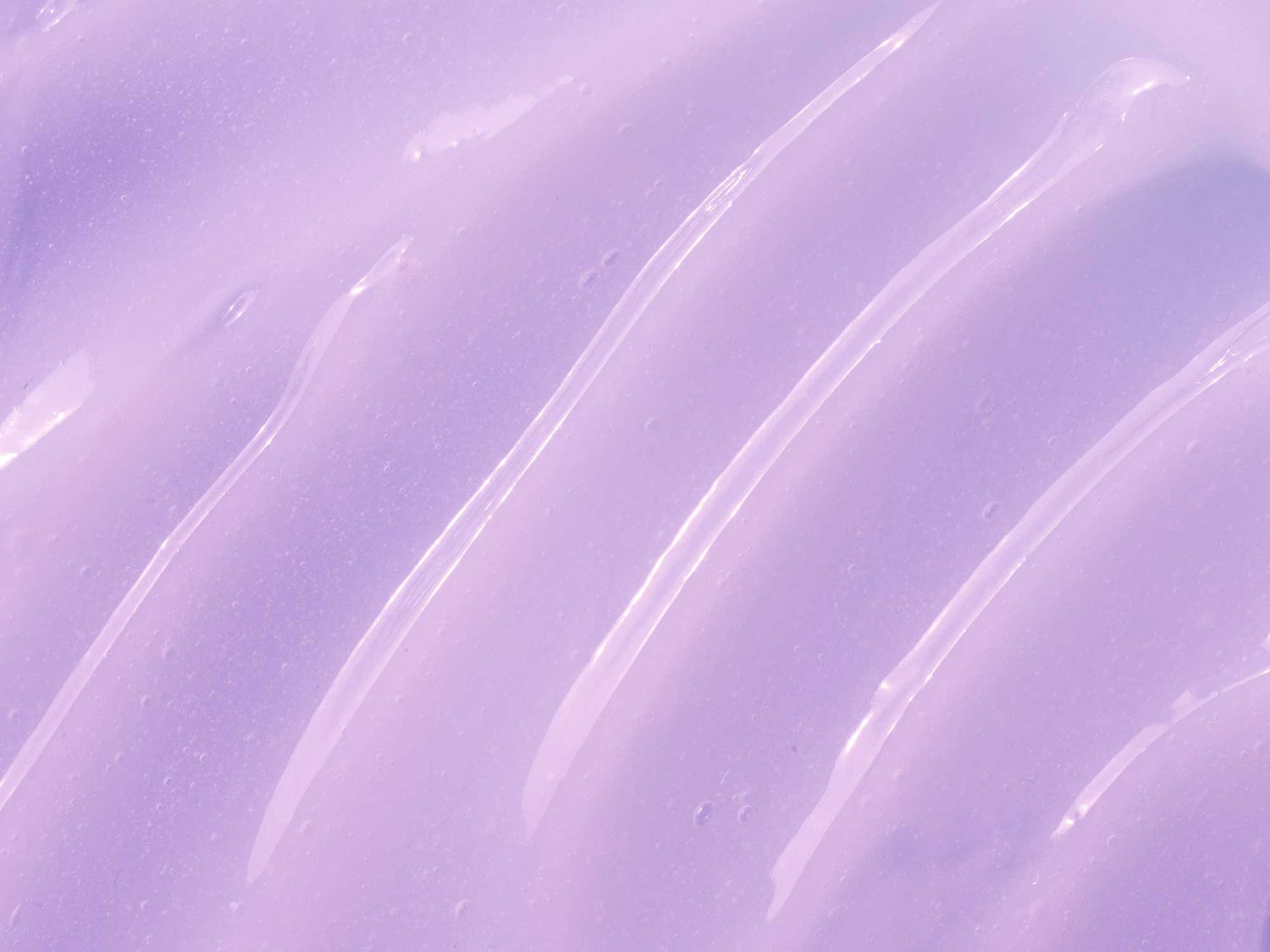It's about damn time that we normalize rosacea.
So many millions of people are living with this condition, yours truly included. It's about time that we understand how to treat it, tackle it, deal with it.
What is Rosacea?
Rosacea is a chronic inflammatory skin condition in which your skin can look red and inflamed. It is something that you are going to live with for years, you can't just get rid of it like that.
Oftentimes, you hear, "I'm so annoyed, my emotions are showing on my face." If you get nervous, if you get stressed, it shows up on your face right away. It's a condition that can have a stigma associated with it, unfortunately, so it's something that we really do need to normalize.
What are the types of rosacea?
There are four subtypes. The first two are the most common.
1. Erythematotelangiectatic rosacea, where you have a lot of broken capillaries on your face and redness. Over time, those broken capillaries and redness become more prominent.
2. Papulopustular variant, which is oftentimes confused with adult acne. The biggest point of difference, at least clinically, is that with rosacea, there are no blackheads.
3. Phymatous rosacea, where you get enlargement of your nose, your chin, your forehead over time because of enlarged sweat glands.
4. Ocular rosacea which affects the eyes. The eyelid margins become red, you look like you're bloodshot, and your eye sensation feels gritty. It's important to treat these patients with an oral antibiotic because you want to minimize any long-term eye damage.
So, who gets rosacea and what can we do about it?
Let's explore further as we aim to demystify rosacea and offer solutions for those affected.
Watch this video where Dr. Shereene Idriss shares redness reducing hacks and solutions.


















